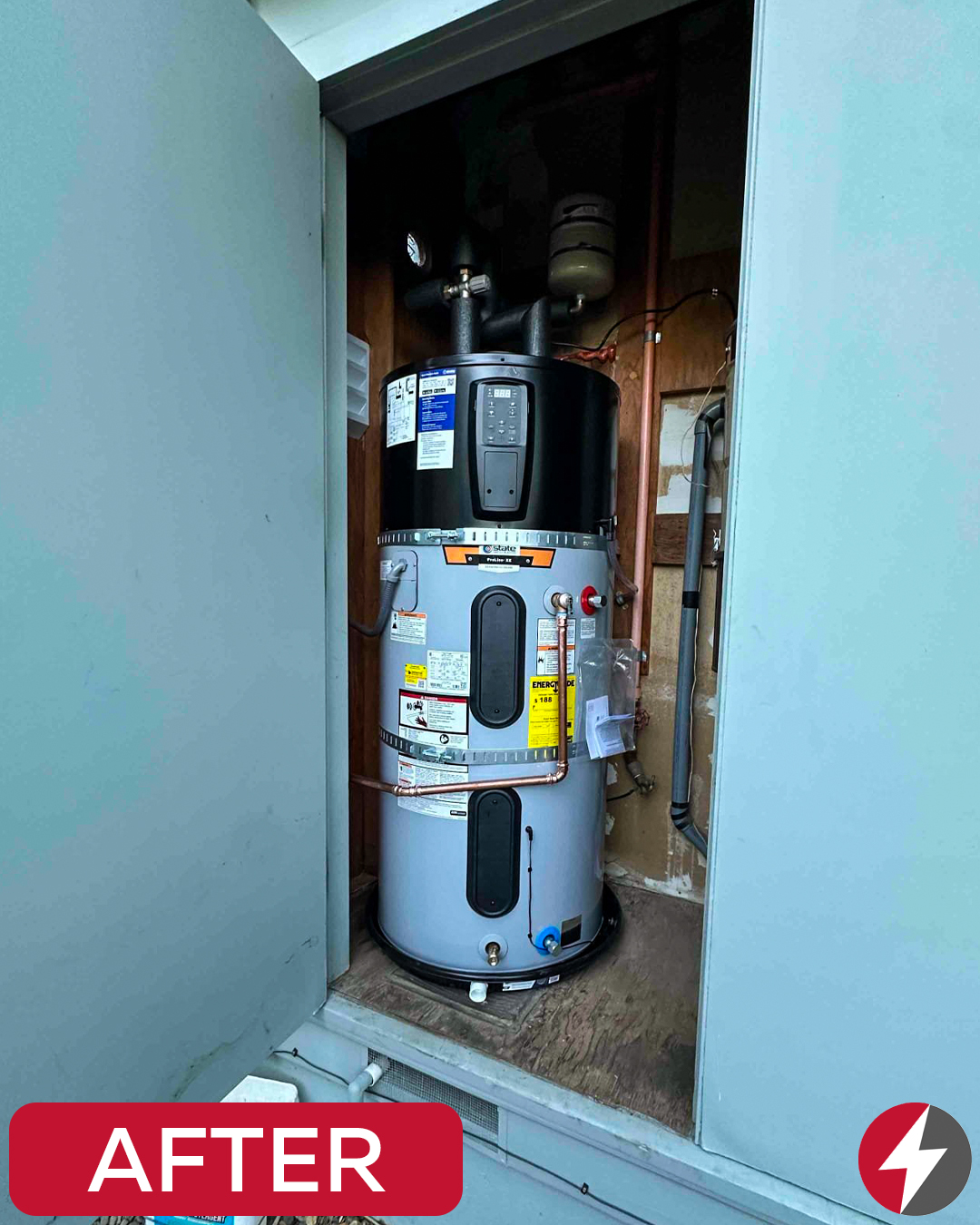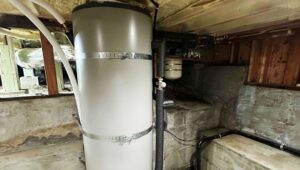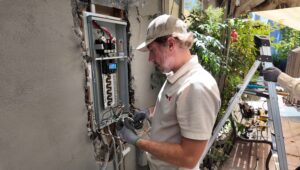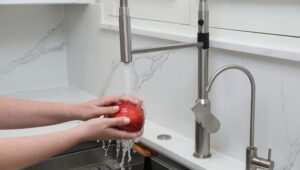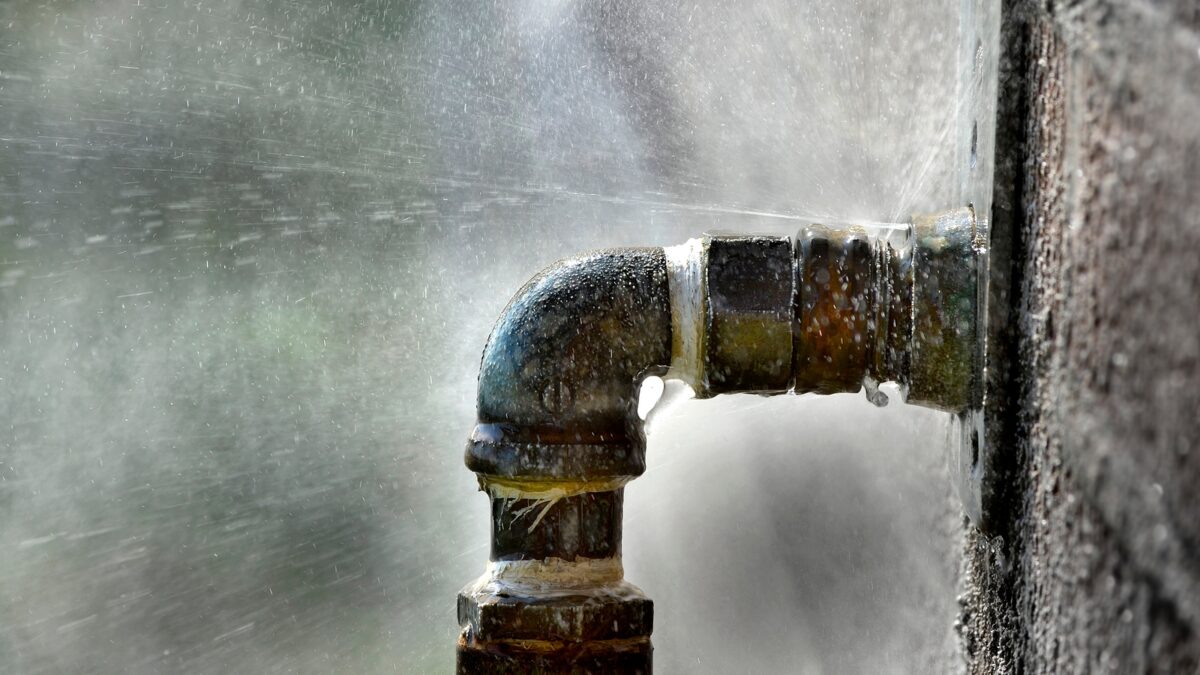
Water leaks can wreak havoc on your home, causing extensive damage to the structure and leading to costly repairs. Detecting and preventing water leaks early on is crucial to safeguarding your property and maintaining a healthy living environment.
How to Detect and Prevent Water Leaks in Your Home
Water leaks can occur in various areas of your home, from hidden pipes within walls to appliances that require plumbing connections. By familiarizing yourself with the signs of water leaks and implementing preventive measures, you can significantly reduce the chances of water damage. Let’s delve into the strategies for detecting and preventing water leaks in your home.
Regularly Monitor Your Water Meter
Your water meter is a valuable tool in detecting water leaks. To utilize it effectively, ensure that no water is being used in your home. Take note of the current reading and wait for a few hours without using any water. Recheck the meter; if the reading has changed, it indicates a possible water leak. This method allows you to identify leaks in your main water supply line or internal plumbing.
Keep an Eye on Your Water Bill
An unexpected increase in your water bill could be a red flag indicating a water leak. If you notice a significant rise in your monthly water expenses without any changes in your usage patterns, it’s time to investigate further. Monitor your bills regularly and compare them to previous months to spot any unexplained spikes.
Inspect for Visible Signs of Water Damage
Regularly inspecting your home for visible signs of water damage is essential for early leak detection. Look for discolored patches on walls or ceilings, peeling paint, and damp spots. These signs may indicate an underlying water leak that requires immediate attention. Don’t overlook even minor discolorations, as they can be indicative of a more significant problem.
Check for Mold or Mildew Growth
Mold and mildew thrive in moist environments, making them common indicators of water leaks. Keep an eye out for musty odors, visible mold or mildew growth, or an increase in allergic reactions among household members. If you notice these signs, it is crucial to investigate and address the source of moisture promptly.
Examine Faucets, Showers, and Toilets
Leaky faucets, showers, and toilets are among the most common sources of water leaks in homes. To detect such leaks, closely inspect these fixtures for any dripping or continuous flow when turned off. A leaking faucet or running toilet may seem minor, but the cumulative effect over time can result in wasted water and potential damage.
Monitor the Water Pressure
Unusually high water pressure can strain your pipes and increase the risk of leaks. Use a water pressure gauge to measure the pressure coming from your faucets. If the pressure exceeds 60 pounds per square inch (psi), consider installing a pressure regulator to protect your plumbing system from unnecessary stress.
Conduct Regular Inspections of Plumbing Connections
Inspecting the connections of your plumbing system is crucial to prevent leaks. Check for loose or damaged pipe fittings, worn-out seals, and corroded pipes. Tighten any loose connections and replace worn-out or damaged components promptly. Taking preventive measures in this regard can save you from potential water damage.
Perform a Toilet Leak Test
Toilets can often be a hidden source of water leaks. To conduct a simple toilet leak test, add a few drops of food coloring to the tank and wait for about 15 minutes without flushing. If you see the colored water seeping into the toilet bowl, you have a leak that needs to be repaired.
Insulate Pipes and Water Tanks
In colder climates, insulating your pipes and water tanks can prevent them from freezing and potentially bursting, causing significant water damage. Insulation helps maintain a consistent temperature, reducing the risk of leaks due to frozen pipes. Install pipe insulation sleeves and consider insulating your water heater or tank as well.
Stay Vigilant during Seasonal Changes
Seasonal changes, such as freezing temperatures or heavy rainfall, can increase the likelihood of water leaks. Be proactive during these times and take preventive measures. Inspect your roof for damaged or missing shingles, clean gutters and downspouts to ensure proper water flow, and redirect rainwater away from your home’s foundation.
Detecting and preventing water leaks in your home is crucial for safeguarding your property and avoiding costly damages. By implementing the strategies mentioned in this article, such as monitoring your water meter, inspecting for visible signs of water damage, and maintaining your plumbing system, you can significantly reduce the risk of leaks and potential water-related issues. Stay vigilant, address leaks promptly, and seek professional assistance when necessary to ensure a leak-free and secure home.

